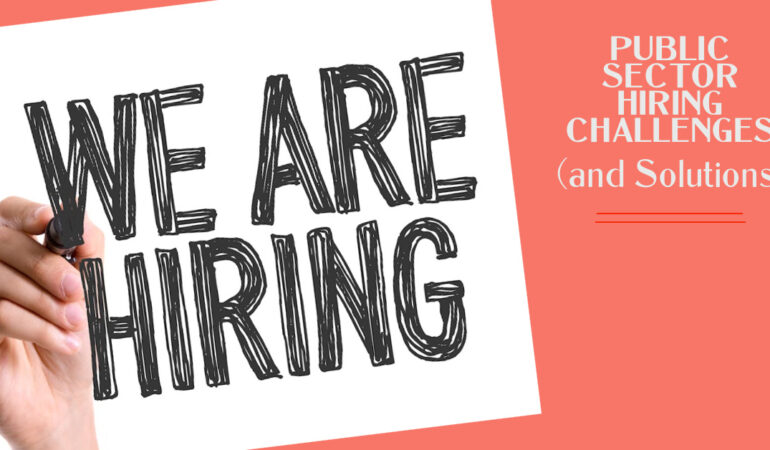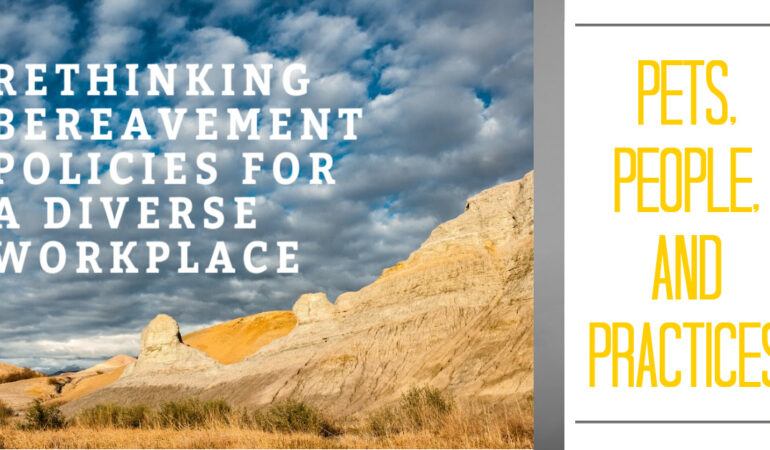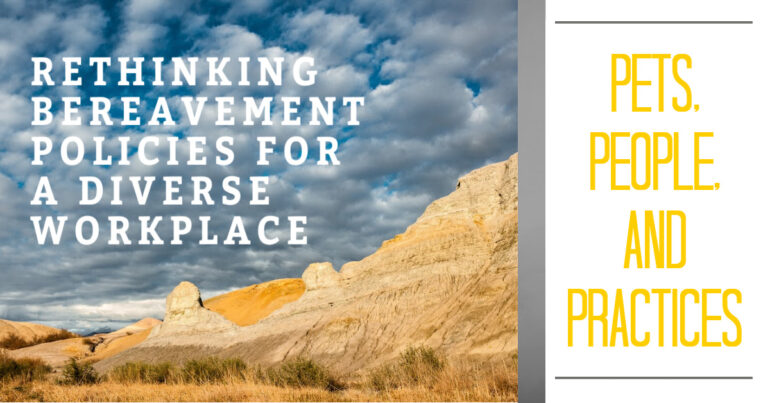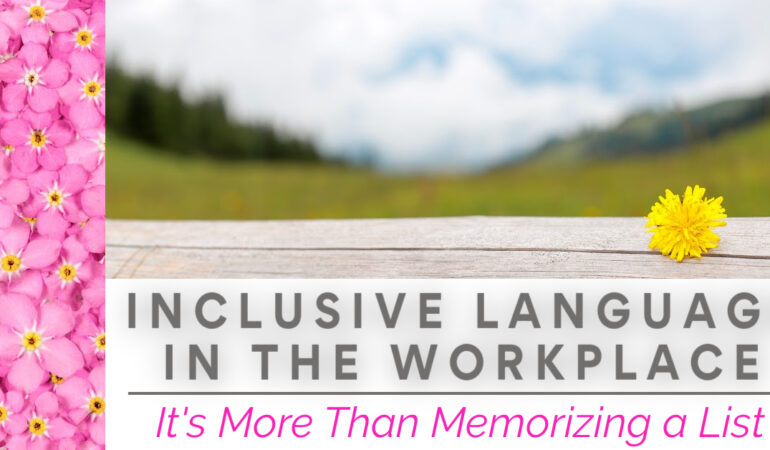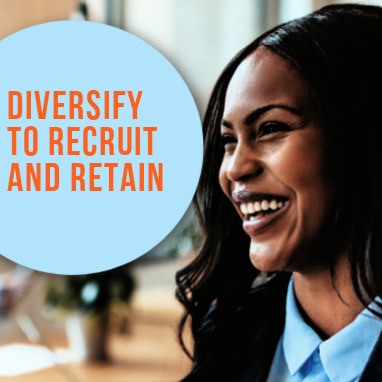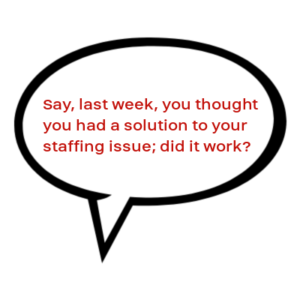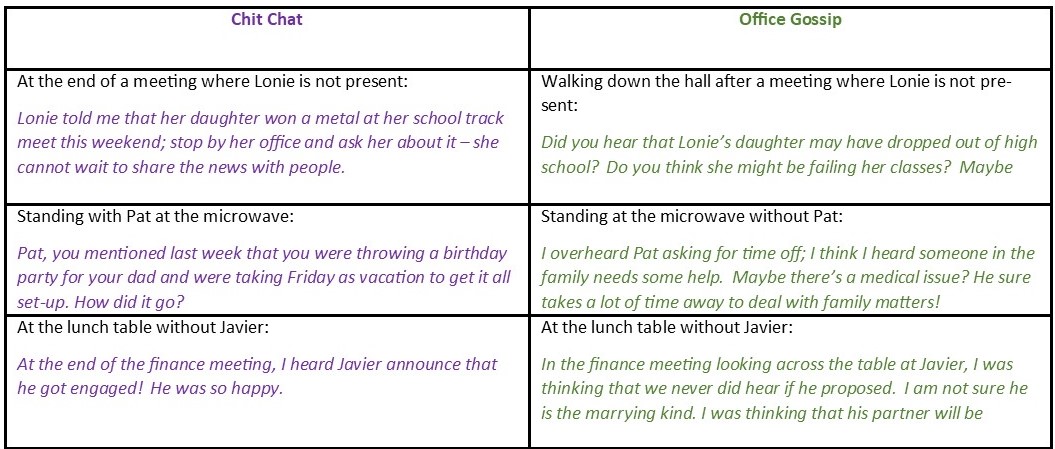Public Sector Hiring Challenges (and Solutions)
Part 1: Recruit
[/vc_column_text]
Compiled by Beth Schaefer
IPD Director
While almost every industry sector is suffering from the challenge of the Great Resignation, the public sector is suffering more than others. Sources report a 25% vacancy rate for government jobs – up from 13% before the pandemic.
Several factors contribute to this crisis; The Public sector is:
- Experiencing high levels of retirement
- Requiring non-essential years of experience or degrees for positions – especially since 2/3 of Americans over the age of 25 do not hold a bachelor’s degree
- Moving too slowly through the hiring process and losing candidates before the offer phase
- Losing the recruitment banner of “great benefits” as corporate benefits have caught up or surpassed government benefits
- Trailing on inflation: public sector wage growth has only been 3.4% compared to 5.5% in the private sector
Insufficient qualified candidates prompted 51% of surveyed Public Sector HR Managers to reopen and extend their recruitment period.
What is Working
The National League of Cities surveyed Public Sector Managers who could check any and as many recruitment tactics they thought produced results. Here is what the survey revealed:
16 other options received 20% or less approval from HR Managers as being effective.
6 Talent-Recruiting Actions to Find Public Sector Employees in Minnesota
For those of you who are part of Minnesota’s public sector infrastructure, here are 6 actions steps that you can take to increase the probability of hiring qualified candidates for your open positions.
1. Partner with Metro State University’s programs for Public Sector Administration Degrees.
Contact Dr. Crystal Fashant to learn more about providing capstone projects to Metro State students. This program is a win/win. Graduate students receive real-world experience and your organization gets to know a qualified potential employee.
Dr. Crystal Saric Fashant, MPNA DBA (she/her)
Associate Professor and Department Chair
Department of Public and Nonprofit Leadership, College of Community Studies and Public Affairs
651.999.5853 | crystal.fashant@metrostate.edu
2. Become a vendor at the annual Law Enforcement Opportunities (LEO) Career Fair.
Metro State partners with Hennepin Tech and a small nonprofit to host this annual career fair. Contact Mary Schober Martin, the program advisor or the link to get more information.
Mary Schober Martin (she/her)
Academic Advisor
School of Criminology and Criminal Justice (SCJ)
mary.schobermartin@metrostate.edu
3. Post jobs on Metro State’s Career Center
Current Metro State students and alumni have access to Handshake, an online recruiting platform. Use this link for Handshake information and registration. The Career Center may also be able to assist you with internships and apprenticeships – especially for roles in IT. Contact Emily Johnson, the Internship and Apprenticeship Coordinator.
Emily Johnson (she/her)
Internship and Apprenticeship Coordinator, Career Center
651.793.1513 | metrostate.edu
Emily.Johnson@MetroState.edu
Metro State Career Center Handshake
4. Grow your employees by assisting them with a defined career path.
Use these links for more information on building a career path that combines experience with education. Combine this with a re-examination of your education requirements when posting a position. Here is a sampling of links for Metro State programs – many with online options:
5. Support employees with professional development offered through Metro State IPD.
Word of mouth on how well you treat your employees will boost recruitment efforts. Plus, you can build leadership skills with those who are already have experience and knowledge specific to their roles. Use this link to check out public sector training options or contact IPD to build your own.
Metro State Professional Development
6. Join Minnesota cooperative groups that post public sector roles
Use these links to find out more about these options.
Association of Minnesota Counties
While I have provided the links and contact information, IPD is part of the Metro State team, and I would be happy to help you connect with the right person with an option(s) that work for you.
Beth.Schaefer@metrostate.edu
